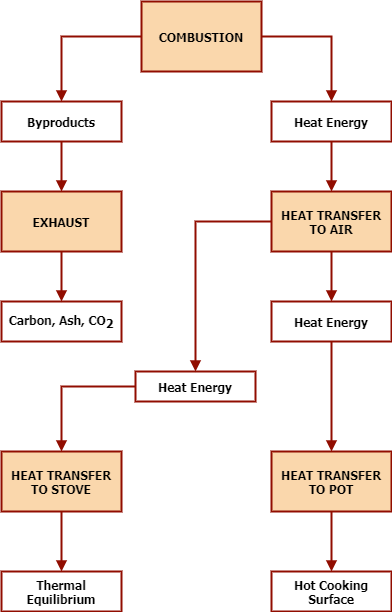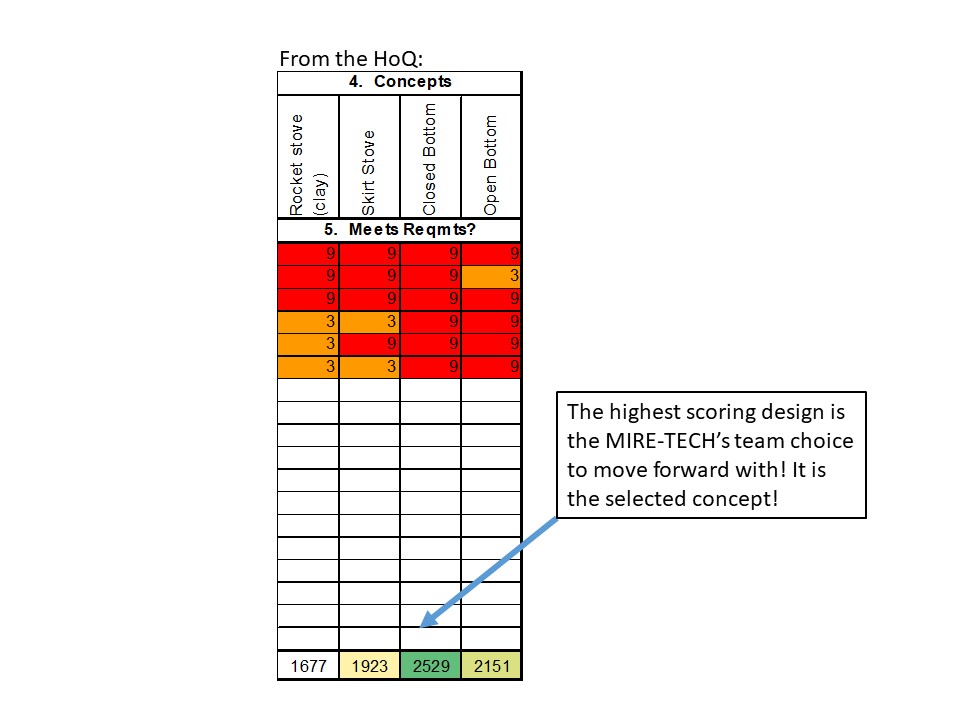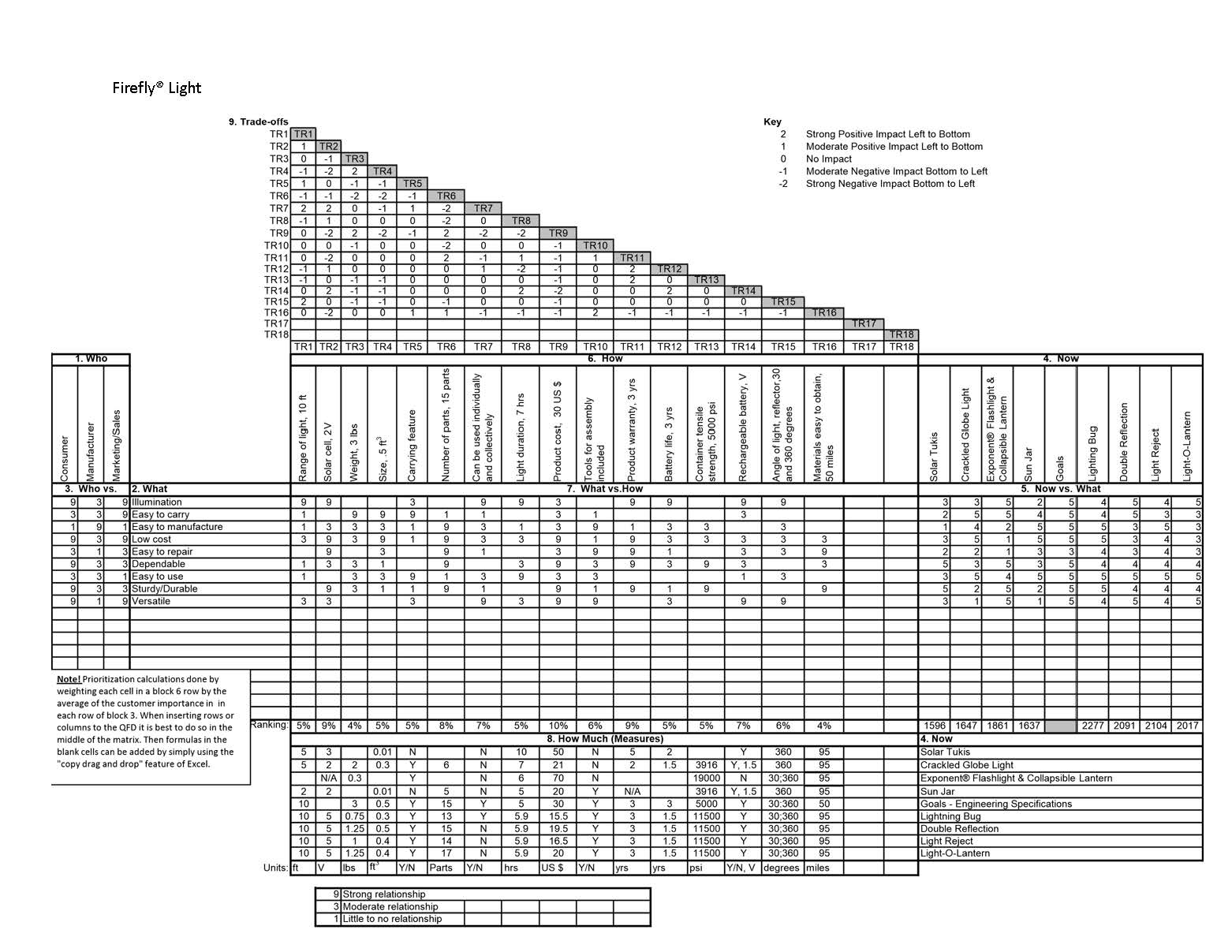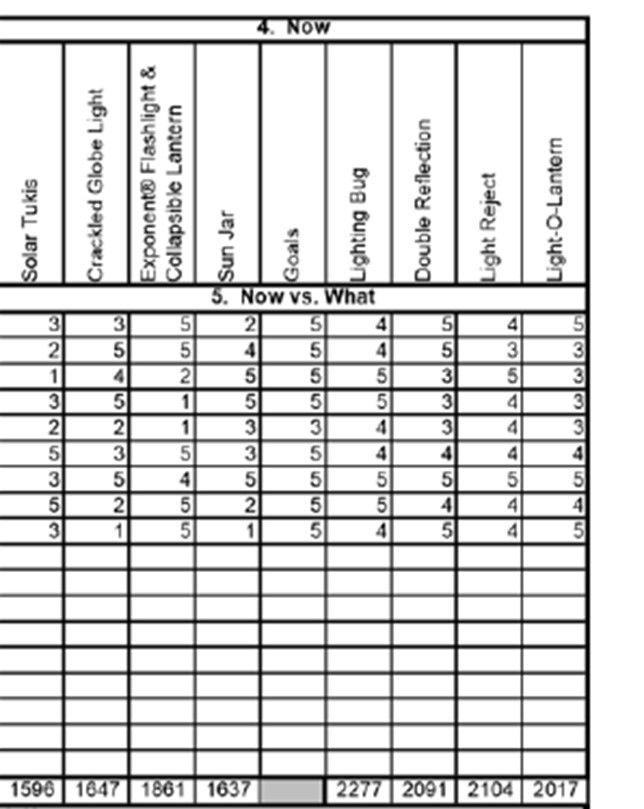Module 3- Analyze
Chapter 3: QFD (House of Quality w/Decision Matrix) – HoQ w/DM

Introduction
Your team developed an expansive list of design solution concepts for basic product functions identified using function trees/functional decomposition and morphology.
Next steps
Use House of Quality (QFD) with Decision Matrix to guide, justify, and document your decision in final concept selection:
- Identify and select a full product concept to take into the detailed design;
- Synthesize the basic function of generated concepts;
- Evaluate concepts against engineering metrics and features (and thus the customer requirements);
- Select a product concept to take into detailed design.
Evaluating Generated Concepts: How to pick the best option
- Utilize the House of Quality Decision Matrix – Engineering Specifications: features, functions, and characteristics, directly linked to Customer Requirements.
- Evaluate only your top 3-4 concepts (review assignment requirements).
MIRE TECH Team Final Stove: An Example
Let’s take a look at MIRE TECH’s Functional Analysis and Morphological Charts/Matrices in generating their final stove design.
The team used Functional Analysis to determine which functions are critical for the stove to achieve the main functionality.
The functional analysis of the hex stove is a model that follows energy, more specifically heat, from the inputs to the outputs of the system. It is a very broad overview of the path the energy takes through the system but is expanded upon in greater detail in the mathematical model. The math model accounts for all energy changes and transfers while the functional analysis ignores all losses for simplification.

Based on the team’s morphological charts, the top 4 designs below (Concept Selection) were brought forward:

Watch the interactive video below and answer the questions: HoQ w/Decision Matrix
Look at MIRE TECH team’s evaluation of their four top concepts:
| Rocket Stove |
Skirt Stove |
Closed Bottom | Open Bottom |
| 9 | 9 | 9 | 9 |
| 9 | 9 | 9 | 3 |
| 9 | 9 | 9 | 9 |
| 3 | 3 | 9 | 9 |
| 3 | 9 | 9 | 9 |
| 3 | 3 | 9 | 9 |
The highest scoring design is the MIRE-TECH team’s choice to move forward with, and the selected concept!
The cut-out image below shows what the DMADVR toolbox view once it is completed in the House of Quality w/Decision Matrix tab completed for the engineering team’s concepts. The Closed Bottom is the winner!


Final design: Closed Bottom (Hex Stove)
Though each stove was a significant improvement from a three-stone ring fire, the closed bottom design scored the highest and was chosen for development.
The closed bottom concept is a simple design where the fire is completely contained within the stove and not burning on the ground. It is made from clay (low cost), contains all flames making it safe to use, is lightweight for portability, has minimal features for assembly, is very easy to operate, and is much more efficient than the three-stone method.

This House of Quality with Decision Matrix shows the Now vs. What. The Now area is the current products on the market that the engineering design team has researched. The What area is what the team concepts are for solving the design need. The numbers are how both the Now products on the market and the engineering design team’s concept assessments based on the customer requirement assessment of 1, 3, 9. How does the team know which of their concepts is the top one or the design they are most likely to select? Well, the highest scorer is the one they need to consider as the recommended final design, and this would be the score of 2277 for the Lightning Bug Design. You can also see this in the image below. The Firefly’s design team’s final concept assessment indicates the Lightning Bug is the design they will move forward with based on an objective high score. The scoring removes subjectivity as much as possible in order to allow the team to make an objective decision based on their assessment analysis. However if the the top 2-3 designs scored within 10% of each other, the team should consider reviewing their assessment and to determine of re-scoring is needed. Another option is for teams to consider combining the best elements and then re-score to determine the best design choice with the highest score.
See below a cut-out image of the final scoring assessment where the team has scored The Lightning Bug as the final design. This decision was based on the highest score!
Reminder: In ME 270, only use 1, 3, 9 values are used to assess within the House of Quality (HoQ/QFD). This Firefly Team example deviates from this but it is an illustration of the process of completing a HoQ.
Firefly Team’s Concept Assessment:


